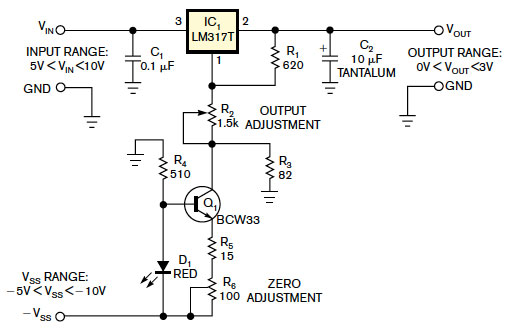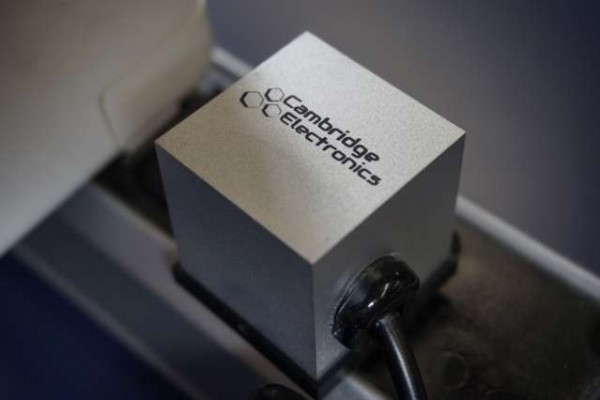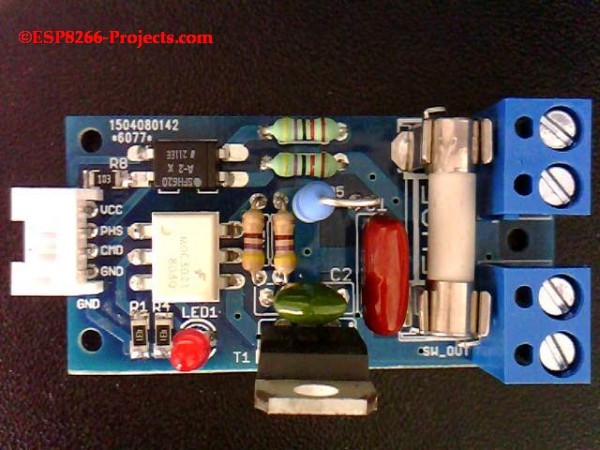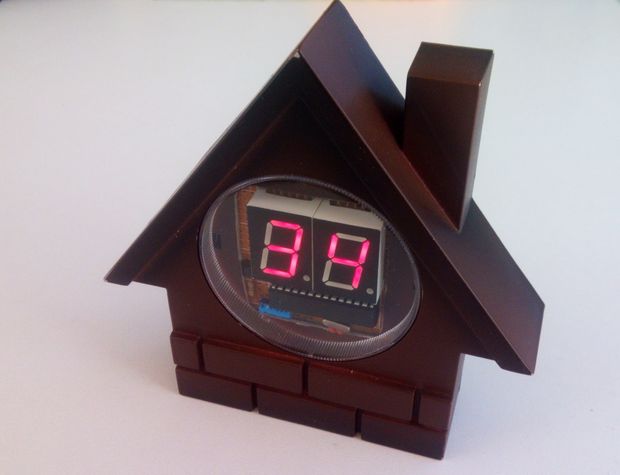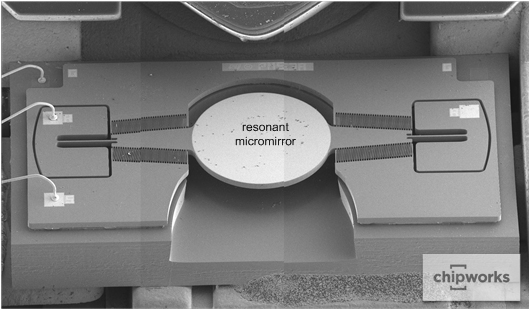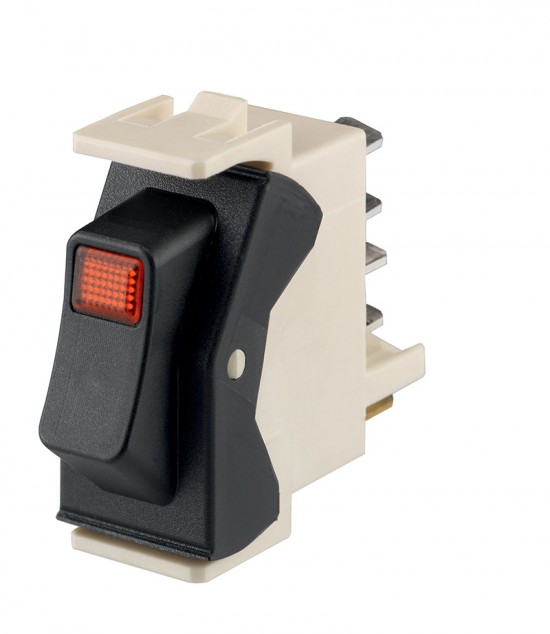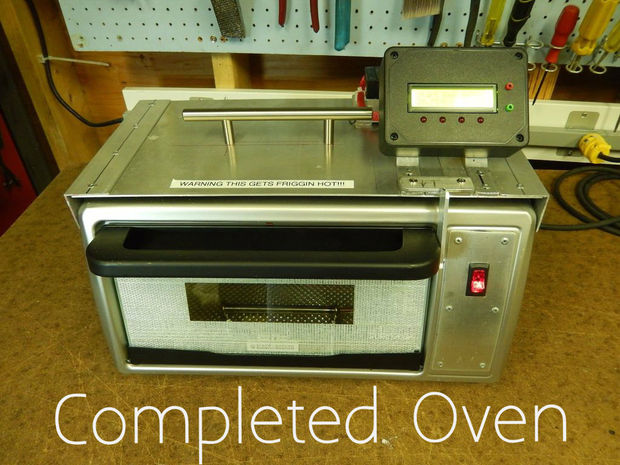
New series of Sunon fans with IP68 protection brings reliability even to conditions, where a usual fan doesn´t withstand too long…
Still more noise and vibrations and in extreme case even a total malfunction – this is a typical “end” of the fan after a long-time operation in a dusty or corrosive environment. In a usual dry and relatively clean environment, this scenario is not that dramatic and high-quality fans hold on to work for many years without problems. However, it can be also said, that common industrial environment is quite far from an ideal = clean one.
So, which fan to use?
The first good advice might be to use a quality fan, for example from companies Sunon or EBM-Papst. Company Sunon this time declares, that they shifted a level of lifetime and durability a step higher… They “wrapped” all the motor into a „high-tech“ coating and incorporated a mechanism for automatic dust removal from a motor part.
And the result?
The fan works reliably even after a 60 minute ingress into water and into 1m depth. That´s only a small example demonstrating features of the new series with IP68 protection. New series carry GExxxx or GFxxxx marking and they´re available in three sizes – 80x80x25mm, 80x80x38mm and 90x90x25mm. All types are equipped by two ball bearings.
On stock we have types – GF80251B1-AE9 ( 80×25 12VDC 3,96W 101,9m3/h) and GE80252B1-AE9 ( 80×25 24VDC 4,8W 101,9m3/h). Upon request we´re able to supply you also other types.

Have you ever seen a fan resistant to dust and water? – [Link]
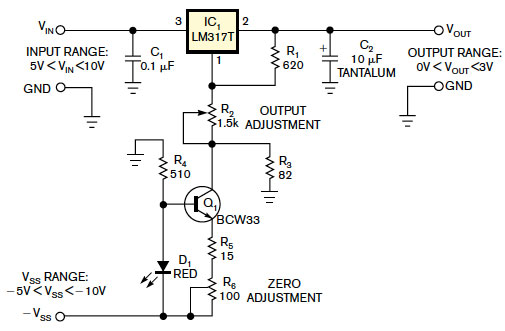 by Rafael Garcia-Gil @ edn.com:
by Rafael Garcia-Gil @ edn.com:



